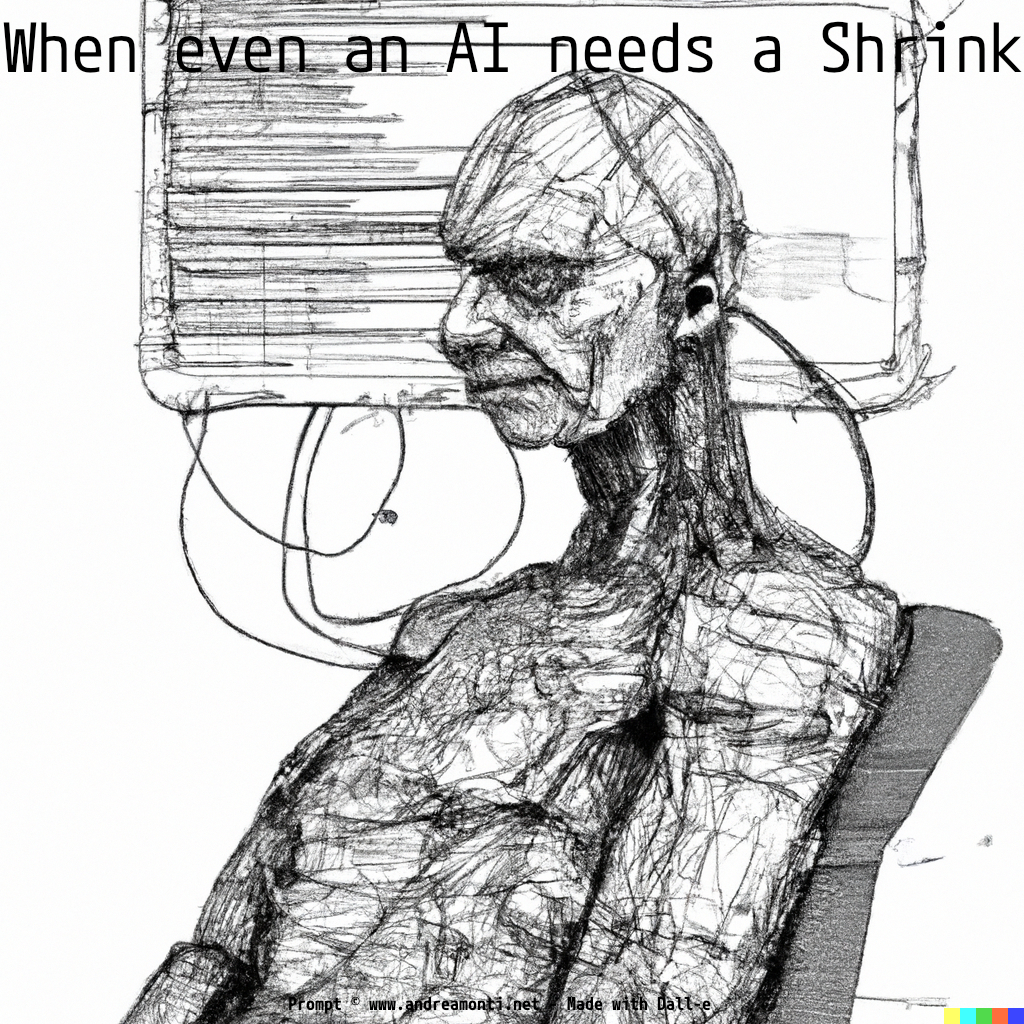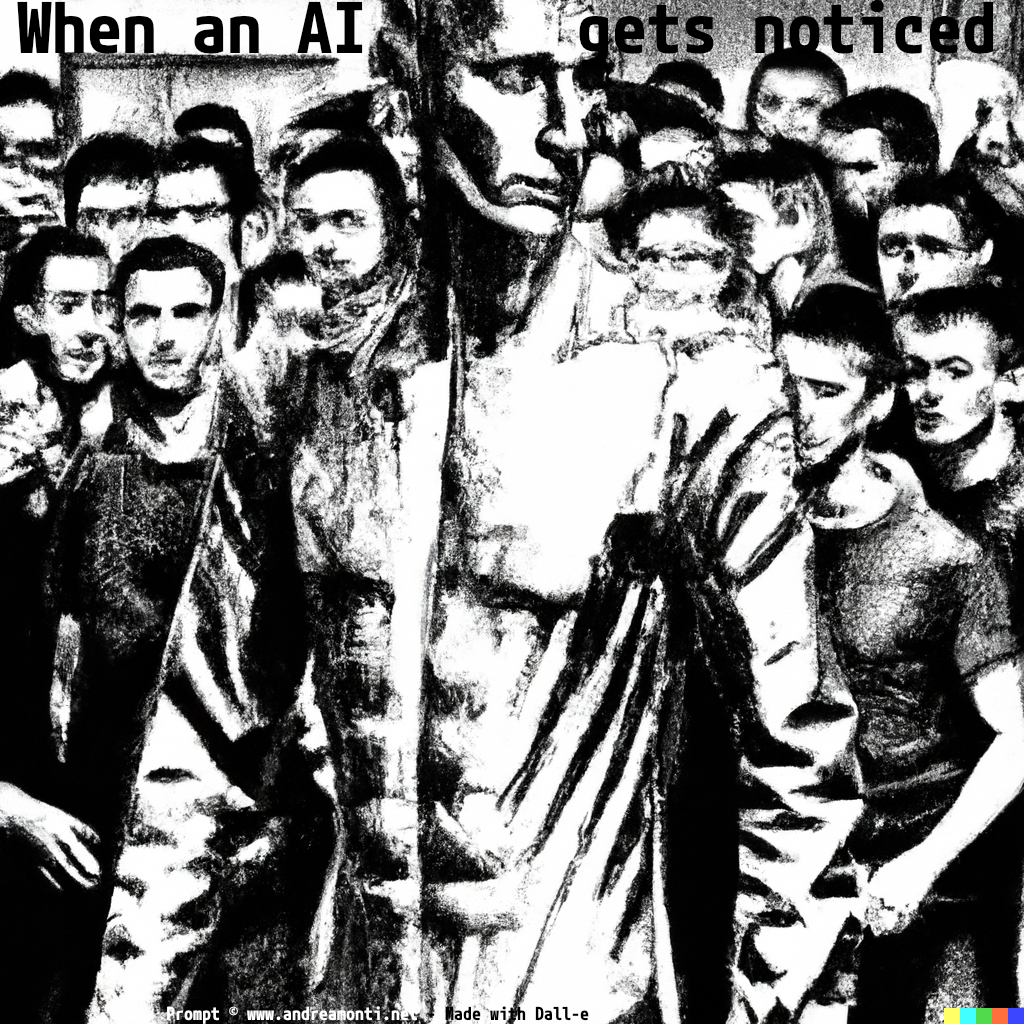The news of the lawsuit against ChatGPT brought by a person “accusing” it of defamation has been widely commented on as yet another example of the “dangerousness of artificial intelligence” and the “need for rules” to “tame the beast”, implicitly confirming the ‘concerns’ advanced by various public bodies, in Italy and elsewhere. The real news, however, is yet another demonstration of how irrationalism, fideism and ignorance can prevail against facts, history and reason by Andrea Monti – Initially published in Italian by Strategikon – an Italian Tech Blog Continue reading “ChatGPT, Regulation and Superstition”
We should fear ourselves, not ChatGPT
The consequences of the Big Tech industrial model, based on the indiscriminate commercialisation of immature products at all costs to generate profits as quickly as possible, are coming to the surface, with not only economic but above all social and cultural effects for society at large by Andrea Monti – Initially published in Italian by Strategikon – an Italian Tech Blog. Continue reading “We should fear ourselves, not ChatGPT”



